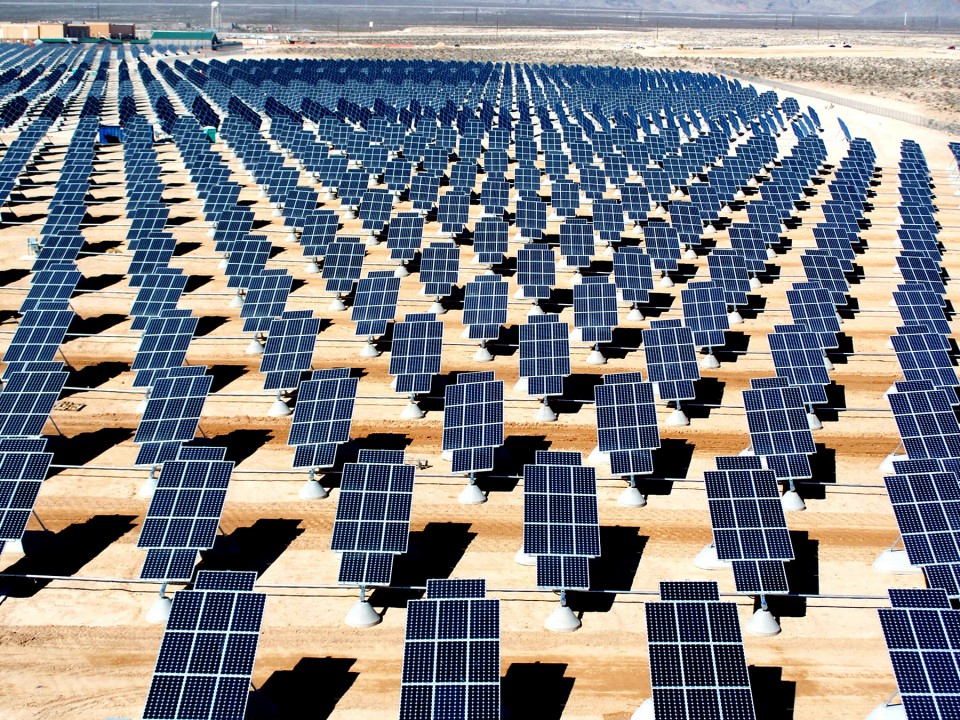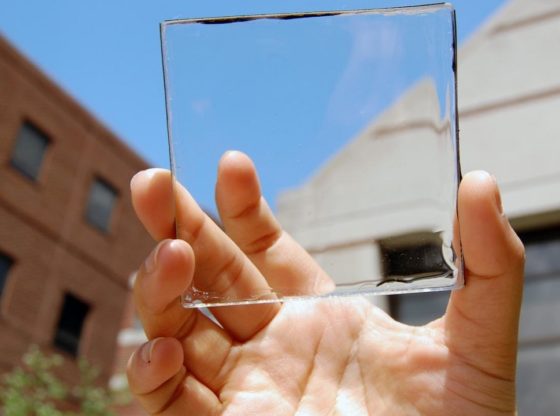
A new material with optical properties that change with the amount of electromagnetic radiation that it receives – is currently being developed by Glint Photonics.
Thanks to its adaptive surface, its reflectivity depends on where the sun’s heat comes from, and thus always maximizes the intake of solar energy from all angles throughout the whole day.
Focusing sunlight makes it possible to use smaller and cheaper solar cells and thereby lowers the costs and the eventual price of solar panels on the market. This technology aStatesakes tracking systems unnecessary, greatly reducing additional costs.
MIT Technology Review estimates that it would lower the costs by as much as an estimated 50 percent. Effectively cutting prices to consumers in half.
Glint Photonics is a startup recently funded by the United States Advanced Research Projects Agency for Energy (ARPA-E).
The technology remains a concept to be proven in scale but could potentially revolutionize our use of solar power. Making the sun a much more competitive source of energy.
______________
Self-Tracking Solar Concentrator
MIT: Adaptive Material Could Cut the Cost of Solar in Half
____________________________











![OpenAI. (2025). ChatGPT [Large language model]. https://chatgpt.com](https://www.illustratedcuriosity.com/files/media/55136/b1b0b614-5b72-486c-901d-ff244549d67a-350x260.webp)
![OpenAI. (2025). ChatGPT [Large language model]. https://chatgpt.com](https://www.illustratedcuriosity.com/files/media/55124/79bc18fa-f616-4951-856f-cc724ad5d497-350x260.webp)
![OpenAI. (2025). ChatGPT [Large language model]. https://chatgpt.com](https://www.illustratedcuriosity.com/files/media/55099/2638a982-b4de-4913-8a1c-1479df352bf3-350x260.webp)








